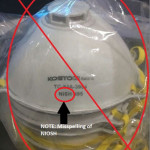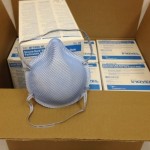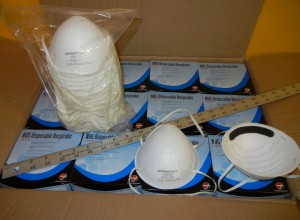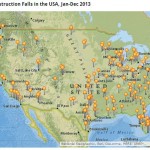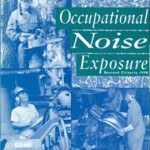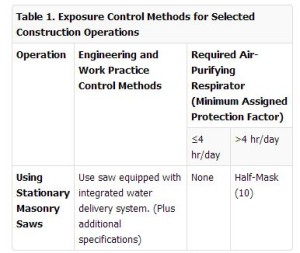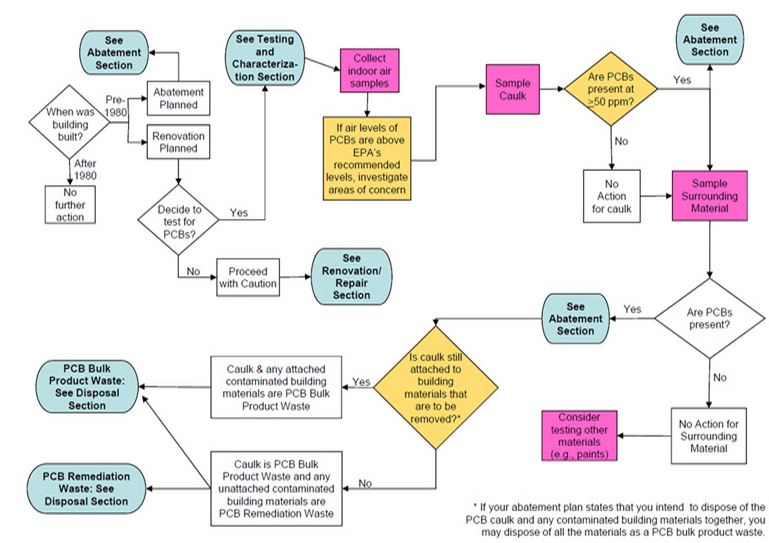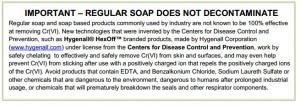Thu 25 Aug 2016
Share your noise control ideas
Posted by admin under Engineering Controls, industrial hygienist, NIOSH, Noise, occupational hygiene, Olfactory, Personal Protective Equip (PPE)
Comments Off on Share your noise control ideas
For 100% selfish reasons, I debated about sharing this link.
Do you have an awesome idea for noise controls that uses technology? Â NIOSH would like to hear about it. They make no promises, other than they will keep it a secret. But, this may be an opportunity to make your idea come to fruition.
I think the key to this “noise challenge“is to combine new technology for use in education, limiting exposure, or 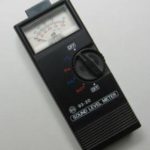 controlling exposures. Personally, I think construction has a lot of room for improvement. Unfortunately there is no money to the winner, but I think this may be a good thing, so as it promotes and attracts the people who want to do it for the right reasons. Here are some of my inferior ideas:
controlling exposures. Personally, I think construction has a lot of room for improvement. Unfortunately there is no money to the winner, but I think this may be a good thing, so as it promotes and attracts the people who want to do it for the right reasons. Here are some of my inferior ideas:
- make a low cost audiometric exam workers could do pre/post work to measure temporary hearing loss
- ask Google and Apple to install the sound level meter app in everyone’s phone. Then based on Big Data create “noise maps” so people will know how loud it is wherever they are going
- crease a device which produces acoustical waves which can be calibrated and set for stationary equipment. Once calibrated, it produces acoustical waves in the opposite direction – thereby cancelling the noise. (yea, I know, far fetched)
A new idea, SmartSite, which may spark some interest is a wireless health & safety monitoring system for construction sites similar to the residential “Nest” systems. They have a monitoring system set up on a tripod with a laser particle counter and noise level meter. The information is able to measured in real-time.
So working people, be challenged! Submit your idea by September 30, 2016. Email me if you do, and I will accept your challenge, and throw mine in the hat with you.
